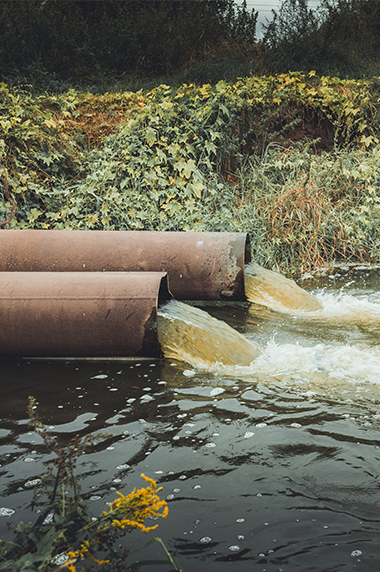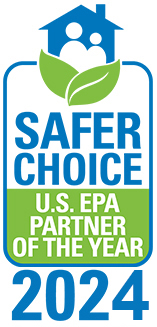Reducing The Chemical Footprint Before It Is Too Late
We are going through a very perilous time while we are destroying our planet with the overuse of chemicals, pollution of our wastewater streams, and continuing climate change. It is up to all of us consumers, industry and healthcare professionals to work together to reduce waste and reduce the chemical footprint before it is too late. There are simply too many chemicals in use and many that are hazardous. When it comes to dyes, or colorants, they simply serve no purpose. For example, is there any reason to add artificial coloring to food or a dye to a cleaning agent used for decontamination of medical devices, or to the lids of instrument containers? Which dyes carry risk to human health and at what level is unclear. Some studies show that dyes can pass through the human body quickly, but others show that they may accumulate over time. When it comes to instrument cleaning, they can even mask the instruments in the wash water and harm the user with a sharps injury.


Government entities are banning unnecessary chemical additives
” In January, under the Biden administration, the FDA announced that it had banned the use of red dye No. 3 in ingested drugs, food and beverages. On Tuesday June 17th 2025, Dr. Marty Makary, Commissioner of the FDA, said the agency is requesting that food companies move up the deadline on that ban from the previous 2027-28 deadline. He also said, the FDA is establishing a national standard and timeline for the food industry to transition from petroleum-based food dyes to natural alternatives. A 2021 report by California's Office of Environmental Health Hazard Assessment (OEHHA) reviewed 27 clinical trials and animal studies and found that these dyes could exacerbate neurobehavioral problems in some children. The report also criticized the U.S. Food and Drug Administration's (FDA) current safety standards, suggesting they may not adequately protect against these effects.
Producing safer products
Case Medical has avoided using artificial dyes and colorants in our products. We believe in the science behind the decisions that we make for product development. We also advocate for open communication, transparency and scientific data to make decisions about health and safety for the healthcare community. While we are not in the food/beverage industry, many of our competitors use artificial colors and dyes to make their products look more appealing, perhaps to color coat their instruments, add colors to their instrument chemistries and then color anodize their container lids and sometimes bases too. Artificial dyes are harmful for people and the environment, and they can hide soils and accumulated bioburden on instruments and trays. Lids when color-coded can leech the dye onto the contents within the sterile container dispensing what could be a hazardous chemical onto the instruments. Case Medical never color coats our lids because we understand the risks to patients and the deterioration over time of product. Something that might look pretty at first may soon discolor and fade.


Supporting sustainability and safer chemical usage
Our full line of instrument chemistries, which carry the US EPA Safer Choice label, all come in one color: clear. And think about it, is there any reason to use colored cleaners when a clear, transparent solution is the best indication that the solution has no sedimentation or contamination and will not mask the contaminated instruments in the sink while washing. This alone avoids sharps injury and is an advantage for quality control. Case Medical has been supporting sustainability and safer chemical usage for decades. Safety and sustainability are built into our reusable containers and trays and our instrument chemistries. Not only because of the science and identified hazards, but because it just makes good common sense and good business sense.
Participating at the UN
This week, Marcia will be participating virtually in the UN global framework on chemicals – for a planet free of harm. Our contribution and support of chemical safety will be presented during their GFC-OEWG Multi-Stakeholder Day on June 26th at 11:30-12:45pm. Case Medical has been a U.S. EPA Safer Choice Partner of the Year seven times and is also a front runner in the Chemical Footprint Project and has participated in their survey since 2018. The Chemical Footprint Project measures the decrease in chemical additives from year-to-year over all industries.Reducing waste and hazardous chemicals means committing to sound chemical management, measuring the reduction year-to-year and promoting products and practices that protect the environment, mitigate climate change and reduce the chemical footprint. Click below to watch the June 24th GFC-OEWG program.
Visit us at www.casemed.com to learn more about our products and how they can help your facility.
Connect with Case Medical on social media for more content!
LinkedIn
FaceBook
Kindest Regards,






